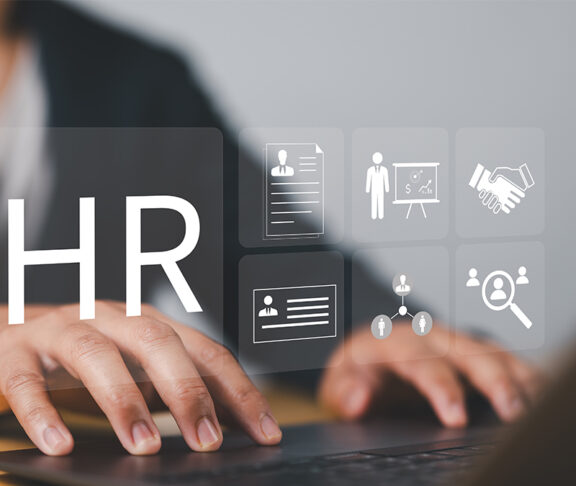Obsolete HR systems contribute to hidden costs and losses to productivity and services. Learn about the top five invisible losses undermining organizational growth.

Dennis Hill, Ph.D., HRIP
Chairman/President/CEO; IHRIM® – International Assn. of HR Information Management
An outdated Human Resource Information System (HRIS) is more than a budgeting nuisance — it is a strategic liability. While budget-conscious leaders often focus on the capital costs of replacement or cloud migration, invisible losses associated with legacy HRIS systems compound daily.
- Time and productivity losses. One of the most overlooked costs is lost productivity due to manual workarounds and non-integrated processes. Routine activities like time tracking, benefits enrollment, and performance reviews become fragmented, requiring spreadsheets or emails outside the system. This not only wastes time but introduces inconsistency and error risk.
- Compliance and legal exposure. Compliance is another hidden cost area. Older systems lack built-in support for modern data privacy laws (e.g., GDPR, CCPA) and often require manual tracking for certifications, licenses, and labor law changes, where fines and litigation present staggering and unavoidable costs, as well as operational risk and reputational damage. A 2023 Society for Human Resource Management (SHRM) study found that nearly 20% of compliance violations in HR in recent years were linked to outdated systems or record-keeping errors.
- Talent acquisition and retention gaps. Older HRIS systems also weaken an organization’s talent strategy. They lack integration with modern recruiting platforms, fail to support mobile-first, self-serviceable applications, and don’t personalize onboarding workflows. As a result, they impair employer brand perception and delay hiring. By contrast, modern HRIS systems with automation and self-service yield smoother recruitment journeys and higher acceptance rates.
- Poor decision-making from bad data. Legacy systems are typically isolated, making unified reporting or real-time dashboards difficult or impossible. Without an integrated system and AI-ready data, decision-makers rely on lagging indicators and incomplete reports. In the paper Frost: A Platform for Benchmarking and Exploring Data Matching Results, from Cornell University’s arXiv database, author Martin Graf notes that organizations lose 12% of revenue due to poor data management practices.
- Loss of employee trust and engagement. When HR systems are clunky, inaccurate, or opaque, employees lose trust in HR’s ability to advocate for them. Late paychecks, missed bonuses, inaccurate time off balances, or inaccessible benefits can all drive disengagement. The loss can be as high as 33% of annual salary which Gallup identified U.S. costs over $600 billion and nearly $9 trillion globally.
A clear return on investment
The true cost of an outdated HRIS system isn’t just measured in license fees and support contracts — it’s felt in lost productivity, compliance risk, hiring challenges, employee disengagement, and strategic blindness. While transitioning to modern platforms involves investment, the return on investment or ROI is clear: streamlined processes, data-driven insights, and a competitive edge in retaining talent.

